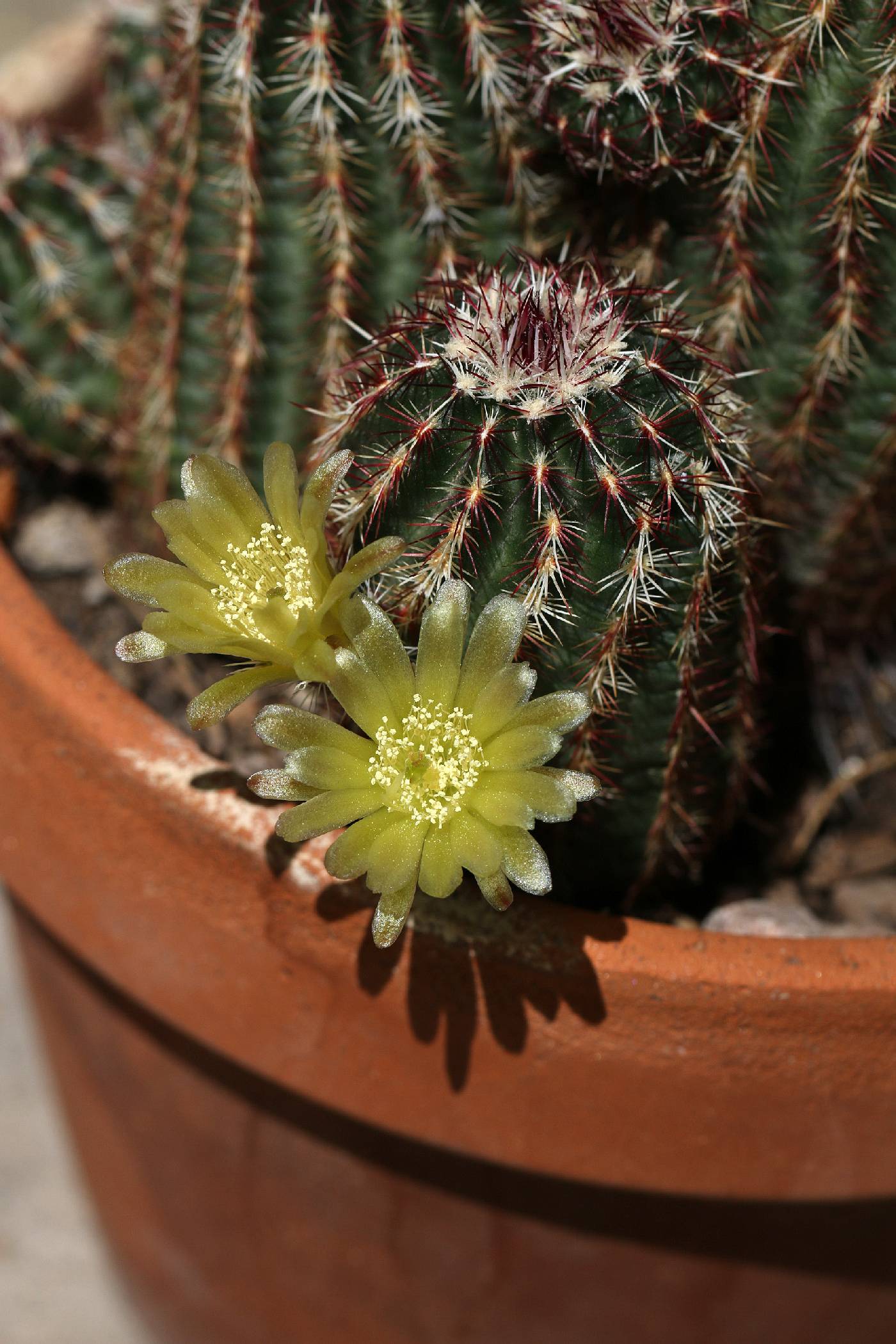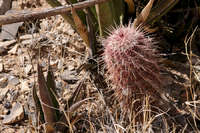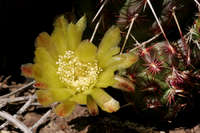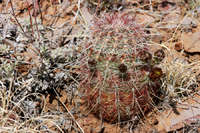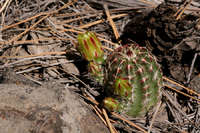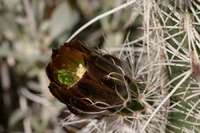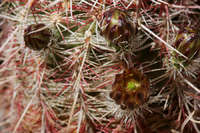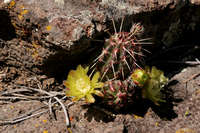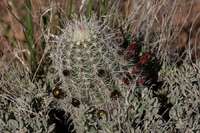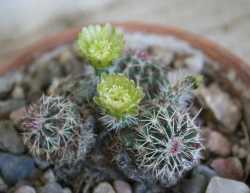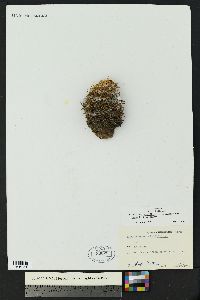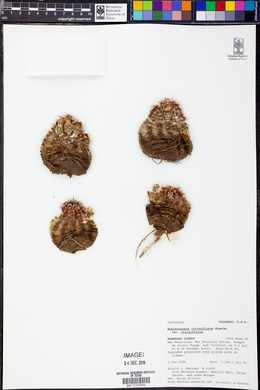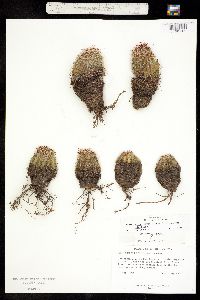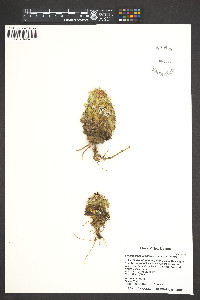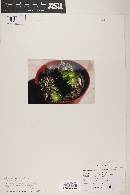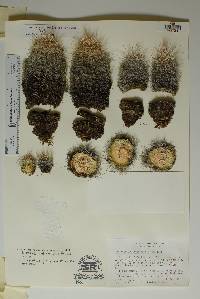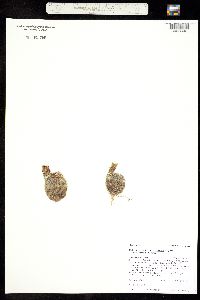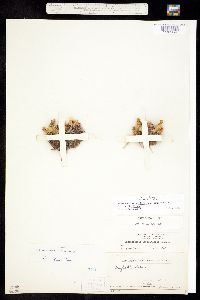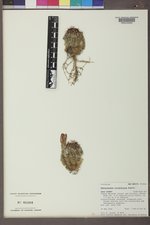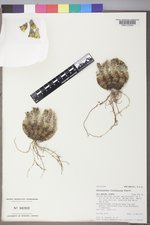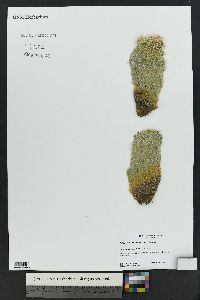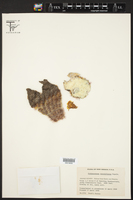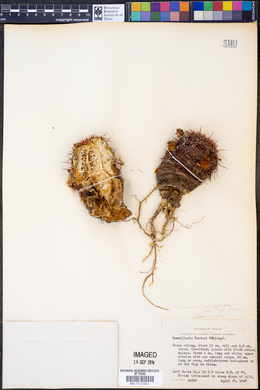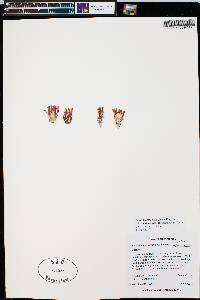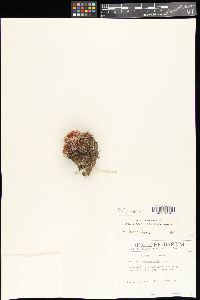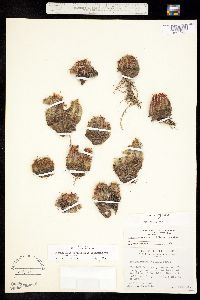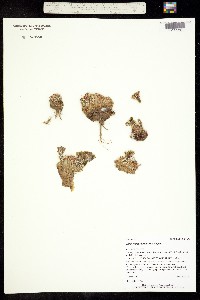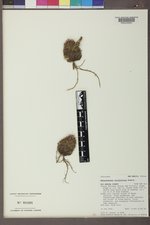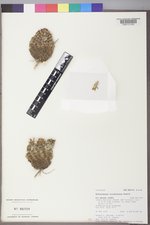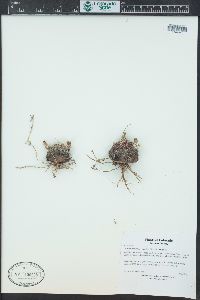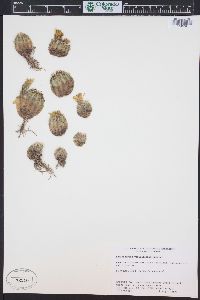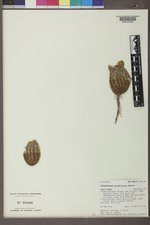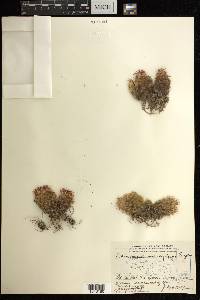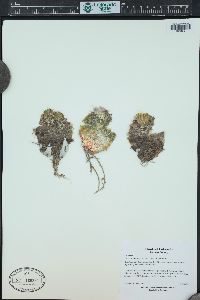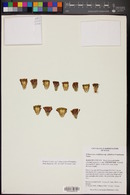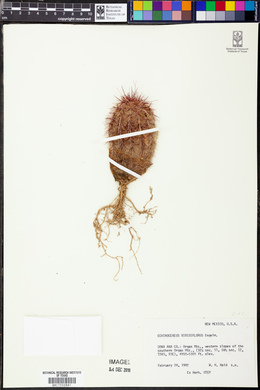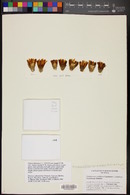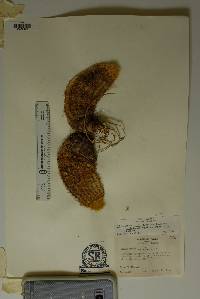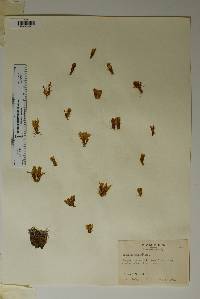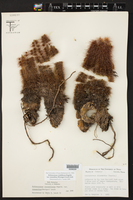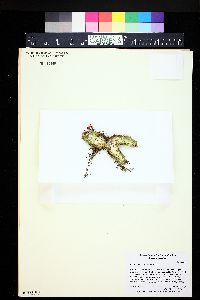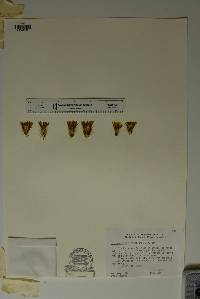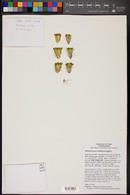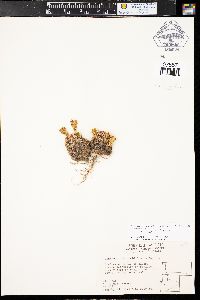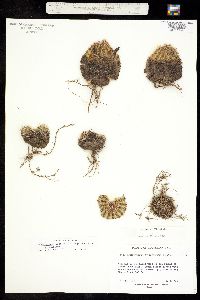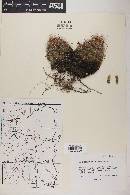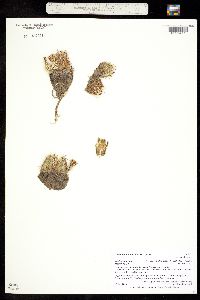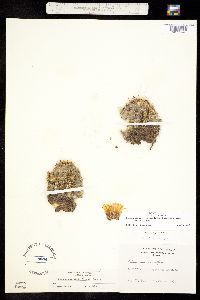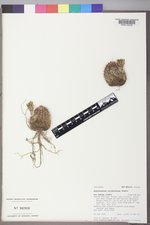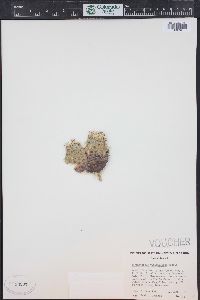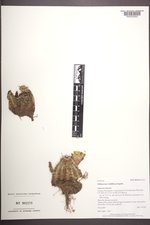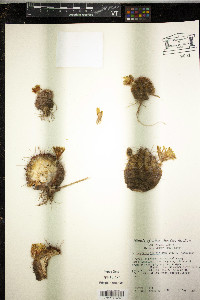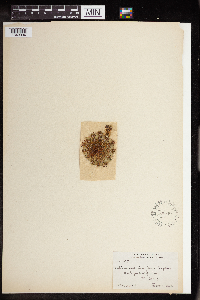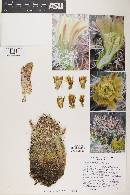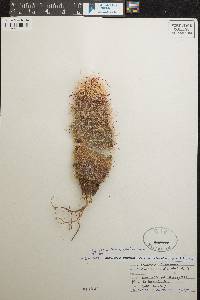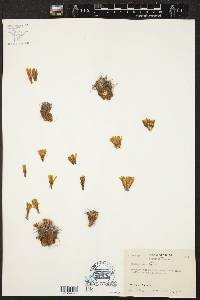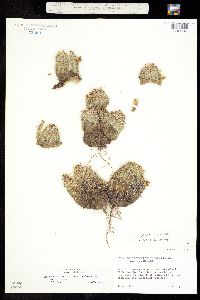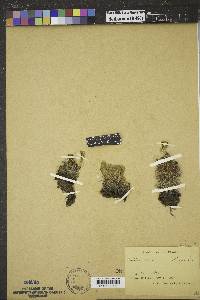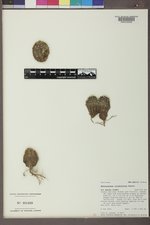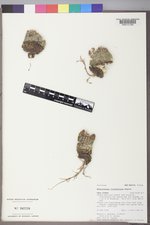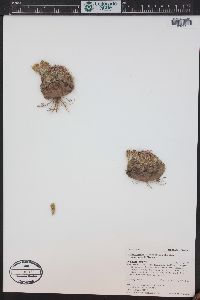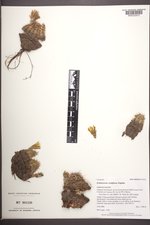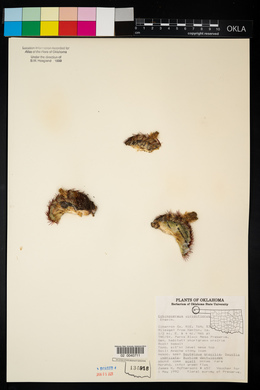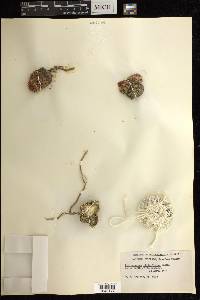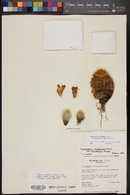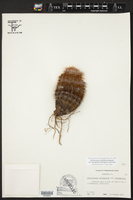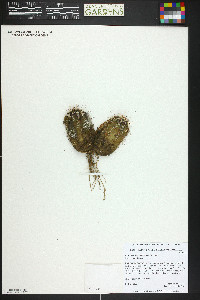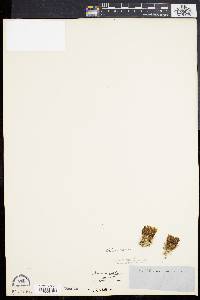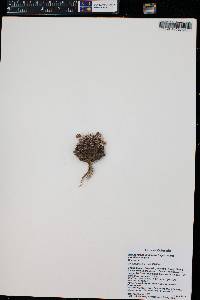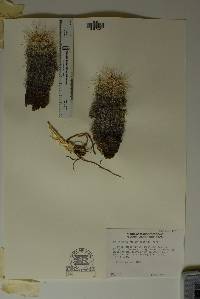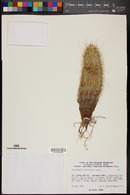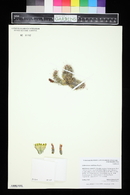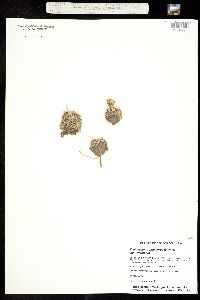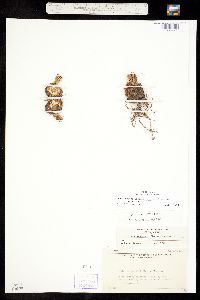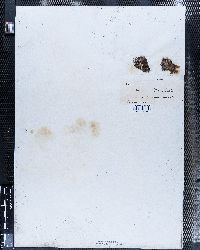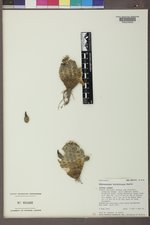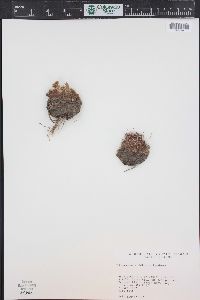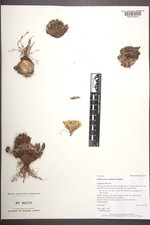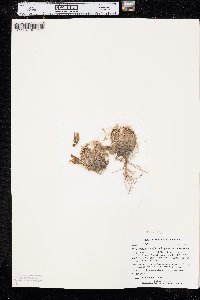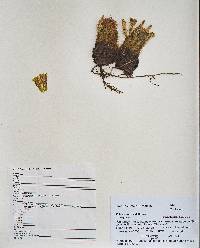
|
|
|
|
Family: Cactaceae
Nylon Hedgehog Cactus
|
Plants unbranched or few branched (rarely forming clumps of 12+ branches). Stems erect, spheric to short cylindric, (3-)8-30(-35) × 2.8-9 cm; ribs 10-20, crests prominent, slightly to conspicuously undulate; areoles 3-12 mm apart. Spines (13-)18-30(-55) per areole, stiff (flexible) and straight (or slightly curved), sometimes pectinately arranged, red-and-white, red-and-yellow, yellow-and-white, whitish, yellowish, or purplish, tips often darker; radial spines 12-38(-45) per areole, appressed to spreading, (2-)4-18 mm; central spines 0-17 per areole, spreading to projecting, terete (subulate), 3-5-40 mm. Flowers 2-3.5 × (1-)1.5-3 cm; flower tube (4-)5-12 × 5-15 mm; flower tube hairs 1-2 mm; inner tepals shades of yellow or brown, frequently tending towards yellowish green or brick red (rarely carmine in Davis Mountains populations), often with darker purplish maroon midstripes, 10-25 × 2-4 mm, tips relatively thin and delicate; anthers yellow; nectar chamber 1-2[-3] mm. Fruits yellowish green to dark green, dark purple, or reddish tinged, 6-17 mm, pulp white. 2n = 22. Flowering Mar-Jun; fruiting 2 months after flowering. Chihuahuan Desert, desert scrub, semidesert grasslands, short-grass prairies, oak woodlands, on igneous or novaculite substrates, gravelly or silty alluvium, rarely on limestone; 700-2700 m; Colo., Kans., Nebr., N.Mex., Okla., S.Dak., Tex., Wyo.; Mexico (Chihuahua, Coahuila). A large number of infraspecific taxa have been recognized within Echinocereus viridiflorus, differing in various combinations of flower color, spine color, number and thickness of central spines, and other characters, including floral scent. Populations of E. viridiflorus with the most numerous central spines (five or more per areole), giving the plants a bristly appearance, are often considered a separate species, E. chloranthus. Wherever such taxa are sympatric they intergrade; all are freely interfertile in the greenhouse. The common morphotype at middle altitudes in Texas and southeastern New Mexico has 0-2(-3) central spines and is called either Echinocereus viridiflorus var. cylindricus (Engelmann) Rümpler or E. chloranthus var. cylindricus (Engelmann) N. P. Taylor. Typical E. viridiflorus (var. viridiflorus), with small stems and relatively pure yellow flowers, extends from central New Mexico and the Texas Panhandle to South Dakota. One of the segregate taxa, Echinocereus chloranthus var. neocapillus D. Weniger, is remarkable for its softly hairy, not sharply spiny, seedlings. Populations of E. viridiflorus from Big Bend National Park, usually with reddish or russet flowers, have been named E. russanthus D. Weniger. Yellow-spined plants may occur at high altitudes. A poorly defined, yellow-spined population near Marathon, Texas, has been named E. viridflorus var. correllii L. D. Benson. Bristly red-spined plants from New Mexico have recently been segregated as E. chloranthus subsp. rhyolithensis W. Blum & Mich. Lange. Echinocereus viridiflorus in the broad sense may prove paraphyletic with respect to E. davisii, but they are phenologically isolated, with E. davisii flowering earlier and thus appearing reproductively isolated in the wild.
FNA 2004, Heil et al. 2013, Allred 2012 General: Hedgehog-like cactus consisting of solitary cylindric stems or loose clusters of several stems; stems erect, spheric to short-cylindric, 8-30 cm tall and 3-9 cm diameter, with 10-20 ribs that have prominent crests; areoles 3-12 mm apart on the crests. Spines: Spines usually 18-30 per areole, stiff and straight or slightly curved, and sometimes pectinately arranged; spines often in alternating bands of color along the cactus stem, including red-and-white, red-and-yellow, or yellow-and-white, or spines whitish, yellowish, or purplish, with darker tips; radial spines (spines emerging from the outside edge of the areole) 12-38 per areole, appressed to spreading, less than 2 cm long; central spines 0-17 per areole, spreading to projecting, round in cross section or subulate (wider at the base), up to 4 cm long. Flowers: Flowers 2-4 cm high and 1-3 cm wide; petals numerous, long and narrow, 1-2.5 cm long and 2-4 mm wide, with thin, delicate tips, yellow to green or brownish-red, often with darker purplish maroon midstripes; stamens numerous, topped with yellow anthers. Fruits: Fruits ovoid, sticky and a little juicy, 6-17 mm long, yellowish green to red-brown, bearing clusters of white spines which easily fall off when the fruit is mature; pulp white. Ecology: Found on sunny, gravelly to rocky slopes, hilltops, and ledges, on igneous or novaculite substrates, gravelly or silty alluvium, or rarely on limestone, associated with a variety of plant communities from Chihuahuan desert to oak woodland, from 2,500- 9,0 Distribution: WY and SD, south to NM, TX, and n MEX. Notes: This small hedgehog cactus is distinguished by its small (2 cm high), highly fragrant, yellowish-greenish flowers which sometimes have red-brown stripes on the petals; the bands of different-colored spines running horizonally on the stems; and the spines, which often have a pectinate arrangement (like teeth on a comb). Ethnobotany: Unknown Etymology: Echinocereus is from echinos, spiny, and cereus, candle; viridiflorus means green-flowered. Editor: AHazelton 2017 |
|
|
|
This project was made possible in part by the Institute of Museum and Library Services [MG-70-19-0057-19].
Powered by Symbiota

